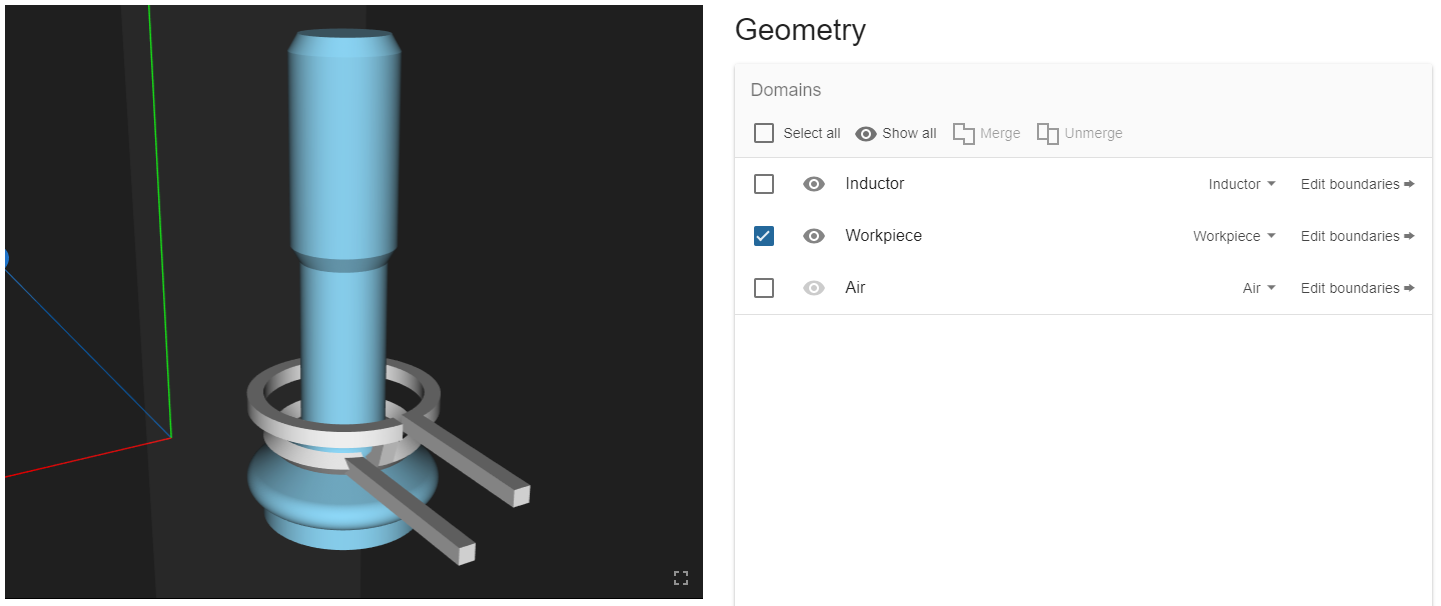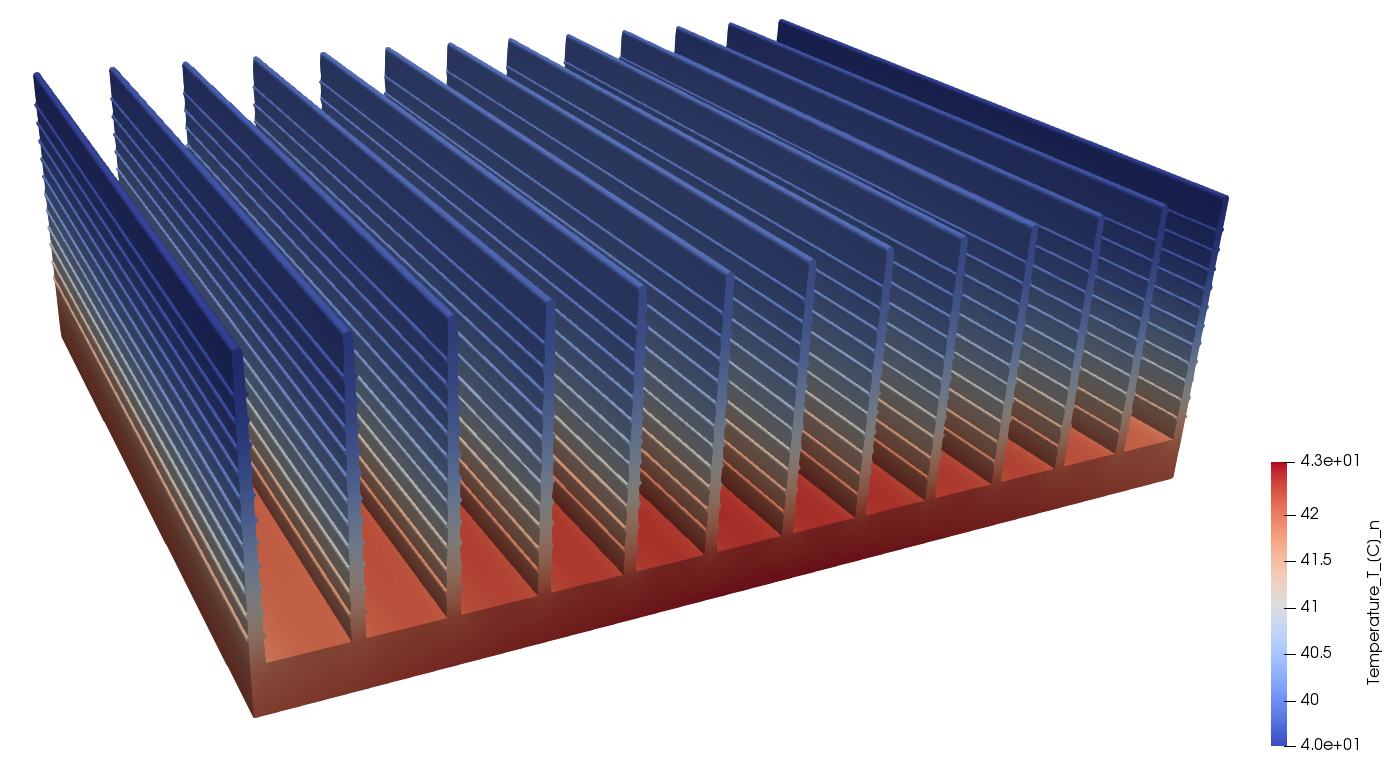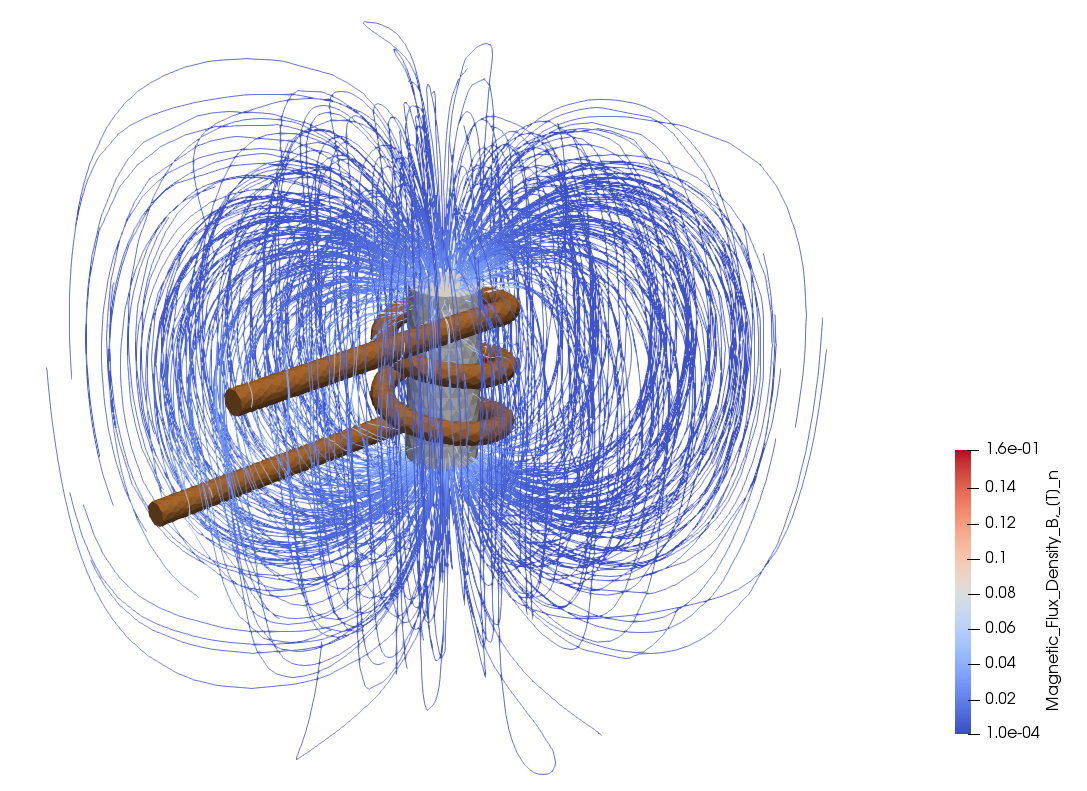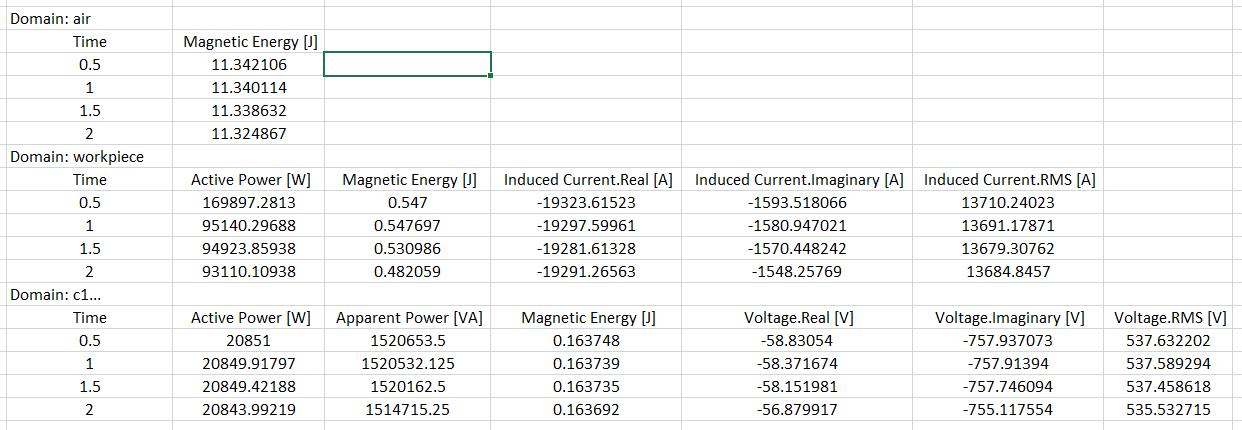Getting Started - CENOS overview
CENOS Platform is a simulation software for induction heating. It helps engineers to save a significant amount of money and time on induction coil prototyping by replacing physical tests with computer simulations.
In this article we will learn what a simulation is and go over the main points on how to create one.
What is a simulation?
A numerical simulation or virtual testing is a calculation done by a computer following a program that implements a mathematical model for a physical system.
It combines a geometrical model of the physical system with the physics definitions about that system to predict numerous physical phenomenon such as induction heating.

Simulation with CENOS
CENOS stands for Connecting Engineering Open Source, which highlights the way how CENOS creates and calculates simulations. By combining 3 powerful open-source tools - Salome, GetDP and ParaView - CENOS delivers the best tool for Induction Heating simulations.
The workflow of CENOS simulation is based on these three open-source tools. It consists of 4 parts - Geometry, Physics, Meshing and Results - that represent the steps involved in creating an Induction Heating simulation.

Geometry
There are 3 ways on how to create and prepare geometry for simulation in CENOS - Templates, From CAD and Advanced geometry editor. These approaches have different geometrical applications and can be used to prepare any geometry.
Template
Fast heating estimations and only a couple of minutes to create
Template allows you to choose from different workpiece and inductor templates to quickly set up a 2D axial-symmetric simulation.
As the mesh is being created automatically, you only need to define the key geometrical and physical parameters to set up a simulation.

From CAD
Import premade CAD and simulate it without additional geometrical modifications
From CAD is a geometry creation approach which allows you to import one or more CAD files and prepare them for simulation without manual geometry modifications.
Create geometrical groups and boundary surfaces, define physical parameters and run the simulation. Using this approach, mesh is being generated automatically!

Advanced geometry editor
For advanced users who want to have a full control over geometry and mesh
For more advanced users CENOS offers fully manual geometry and mesh creation approach - Advanced geometry editor. It allows to create geometry and mesh from scratch in CENOS geometry modeling tool - Salome.
Create custom geometry and a suitable mesh, define domains and boundaries, and enjoy the full power of CENOS!


IMPORTANT: Along geometry you also need to prepare a mesh to carry out a simulation. the quality of the mesh affects the precision of the results, For the Advanced geometry editor the mesh must be created manually.
Physics
CENOS Platform offers a wide variety of variables to simulate *Induction Heating, focusing on Thermal and Electromagnetics analysis.
Thermal Analysis
Calculate conventional heating applications

Electromagnetics
Fast current density, joule heat and other electromagnetic phenomenon predictions
Electromagnetics physics allows you to Estimate Current Density, Joule Heat, EM field and other electromagnetic aspects of your model!

Induction Heating
Simulate Induction Heating applications.
Induction Heating is coupled electromagnetic and thermal physics, designed specifically for induction heating simulations.

Results
Get precise and vast visual and statistical results of your simulation
CENOS incorporates a very powerful post-processor - ParaView, which together with .csv file energy statistics provides full control over results and every simulation aspect.

